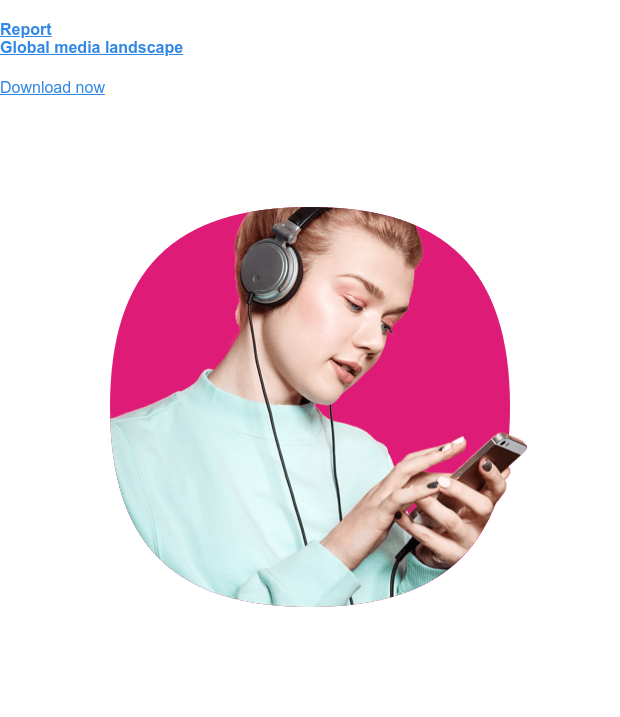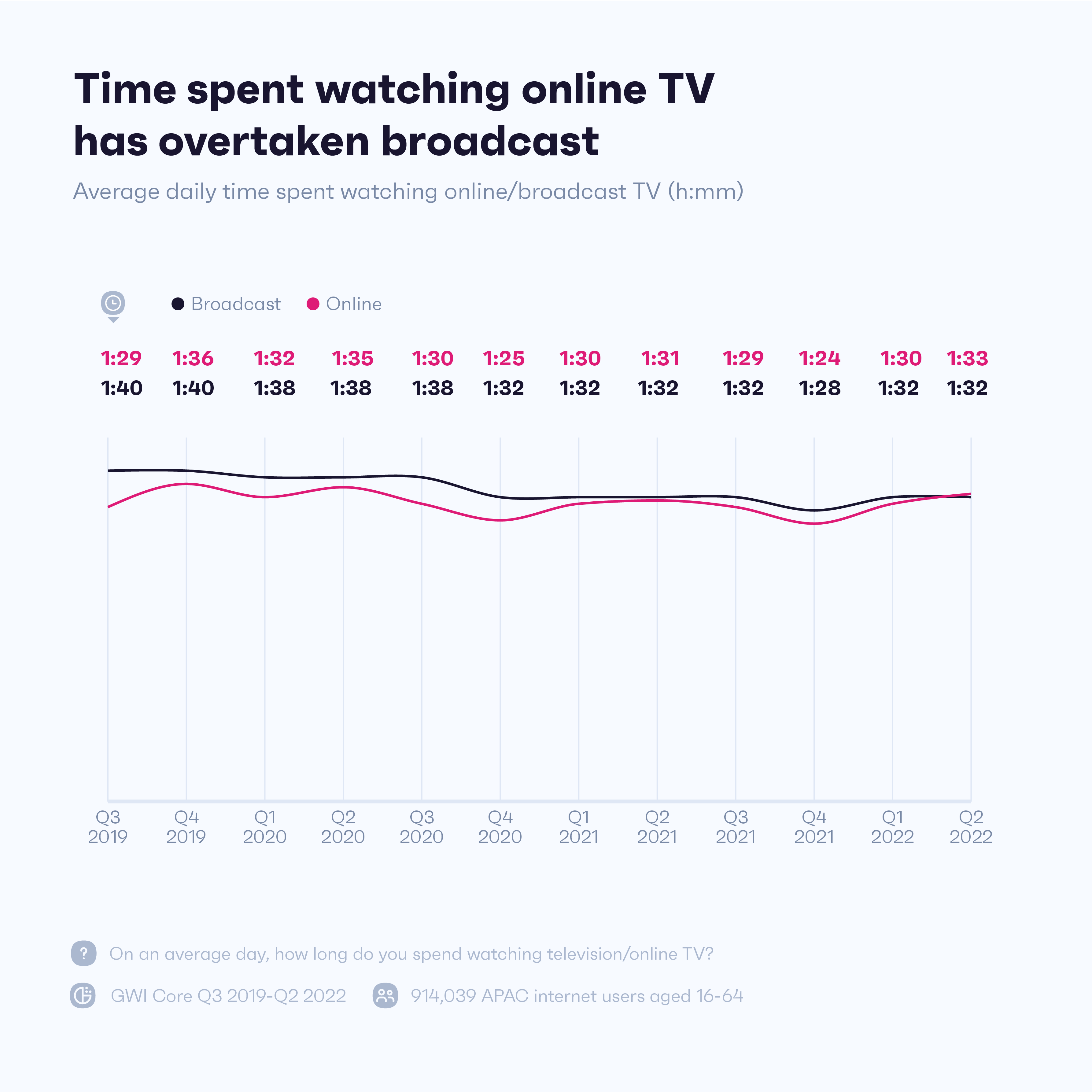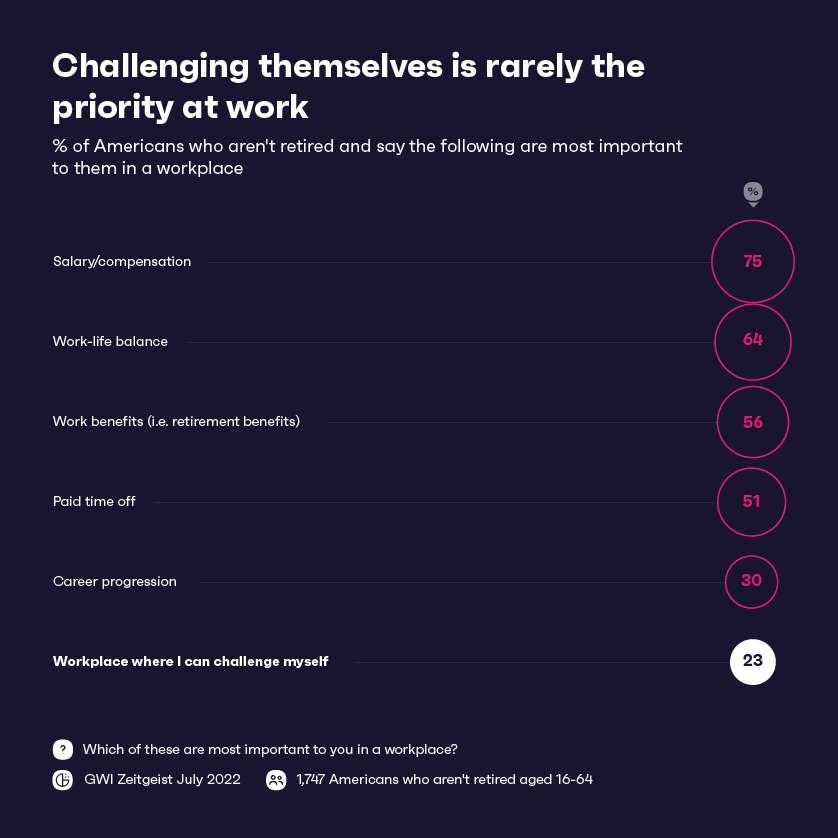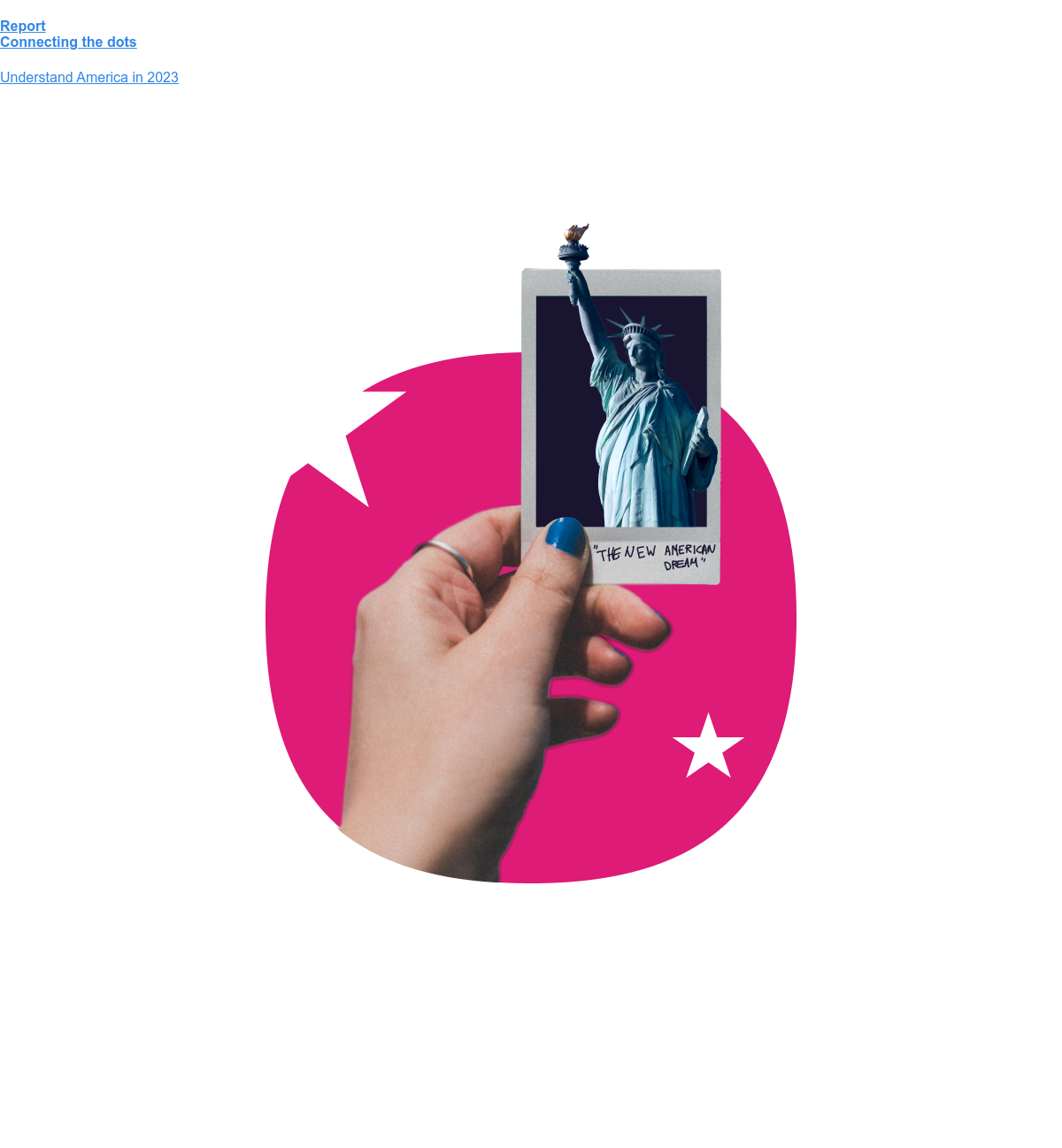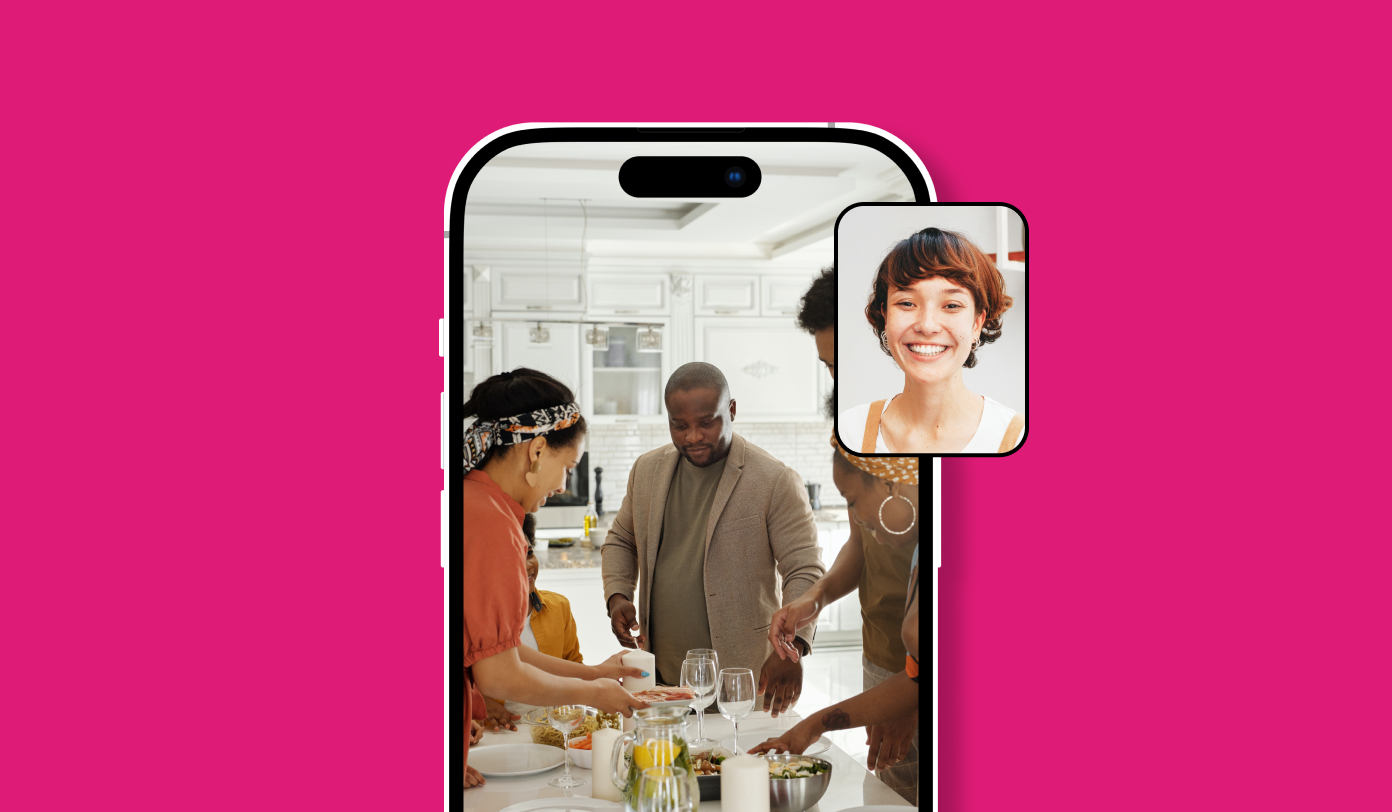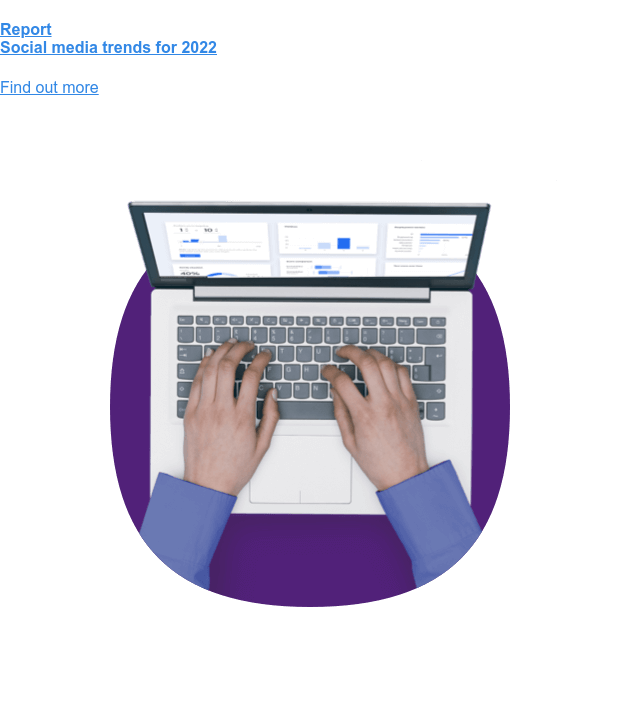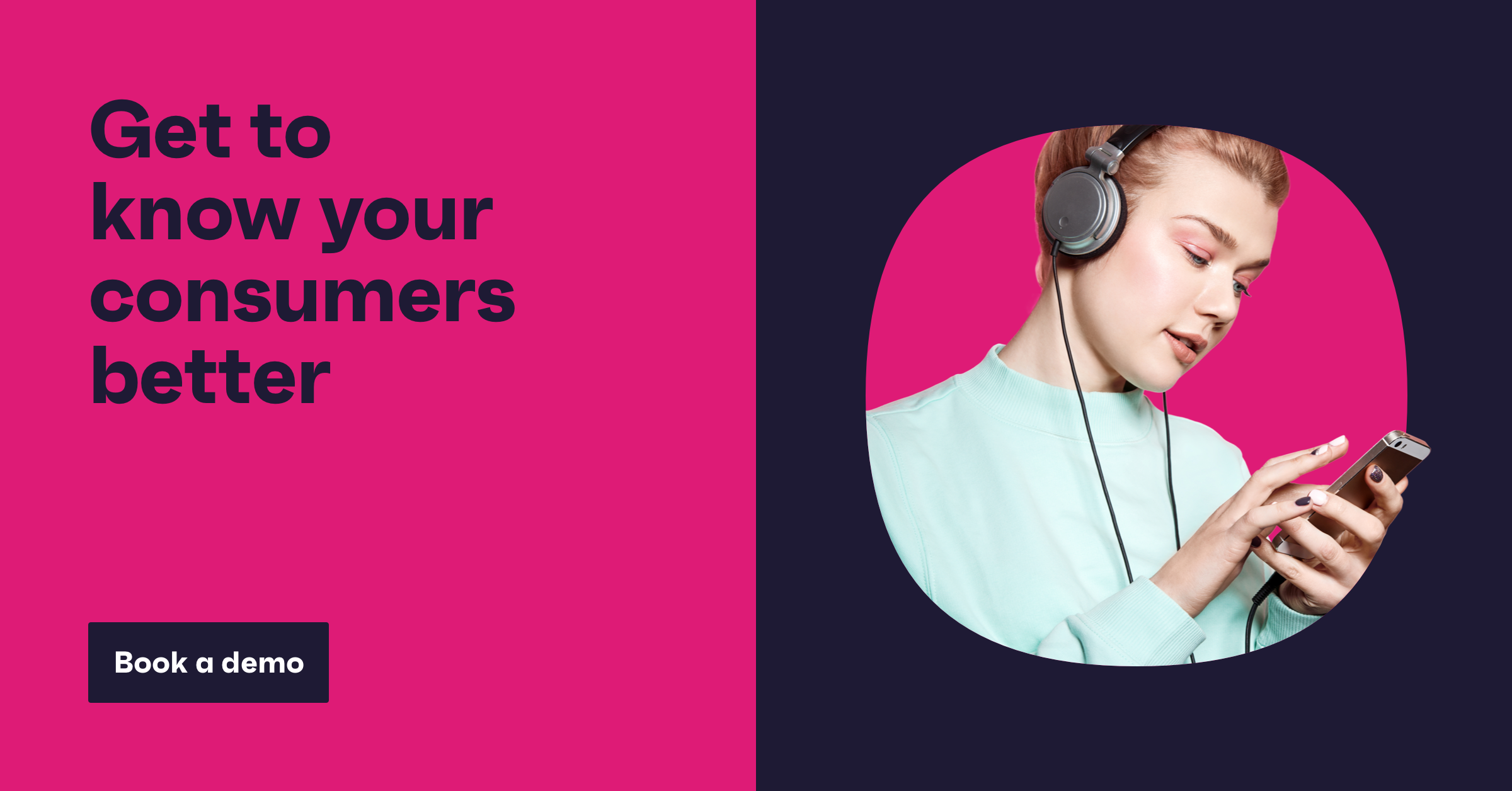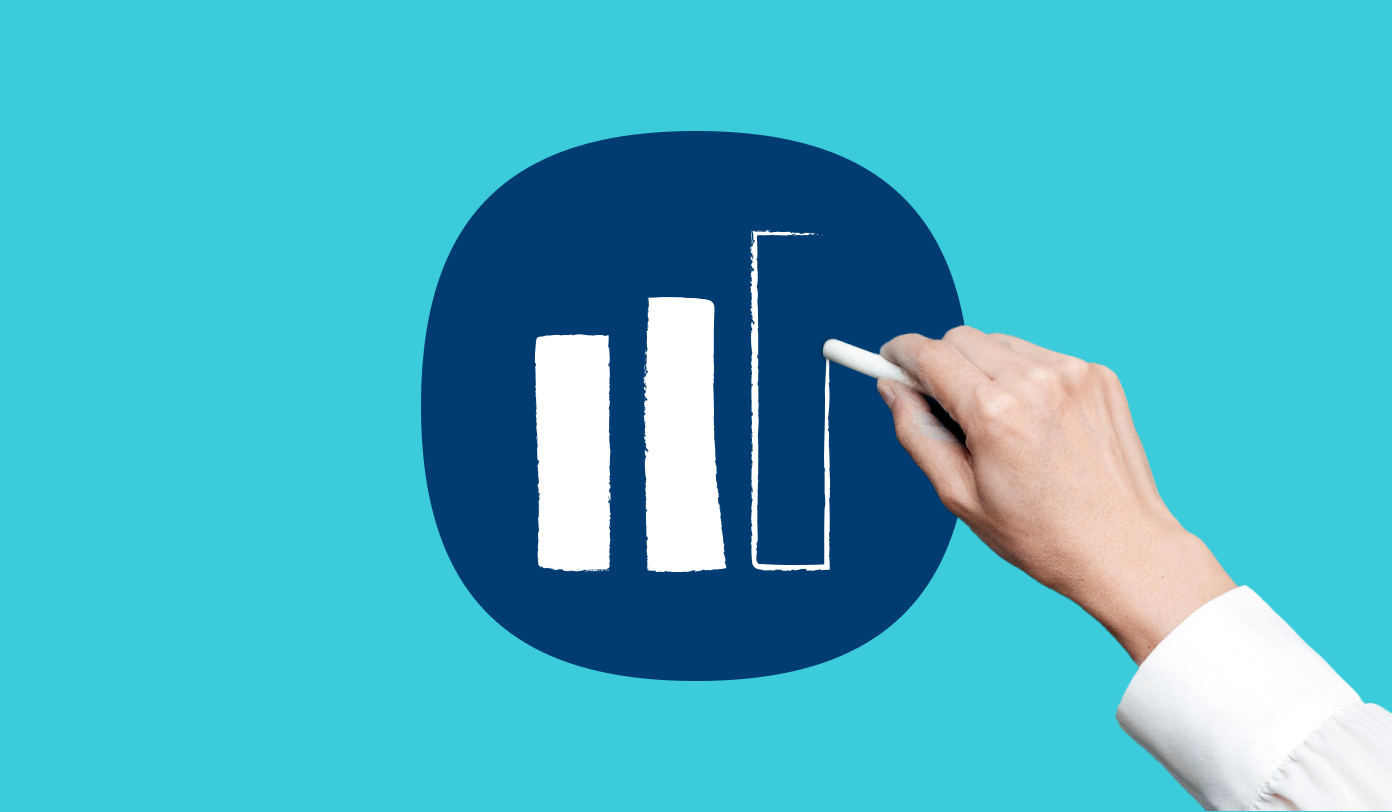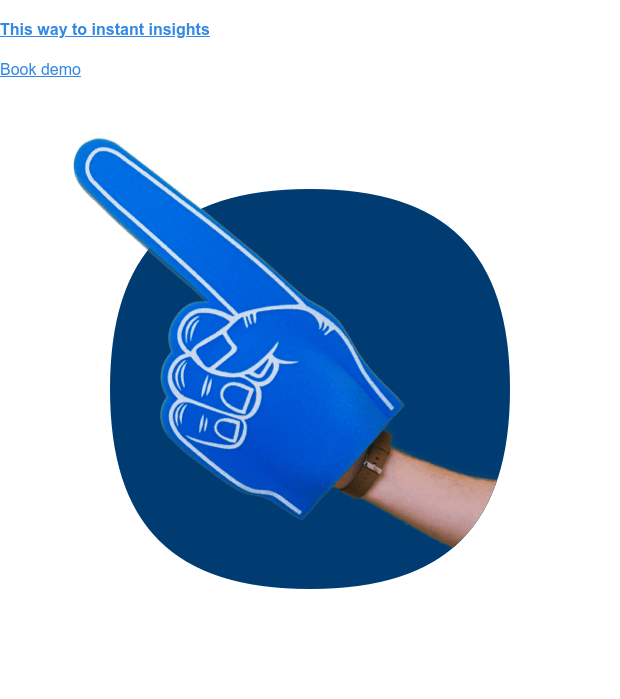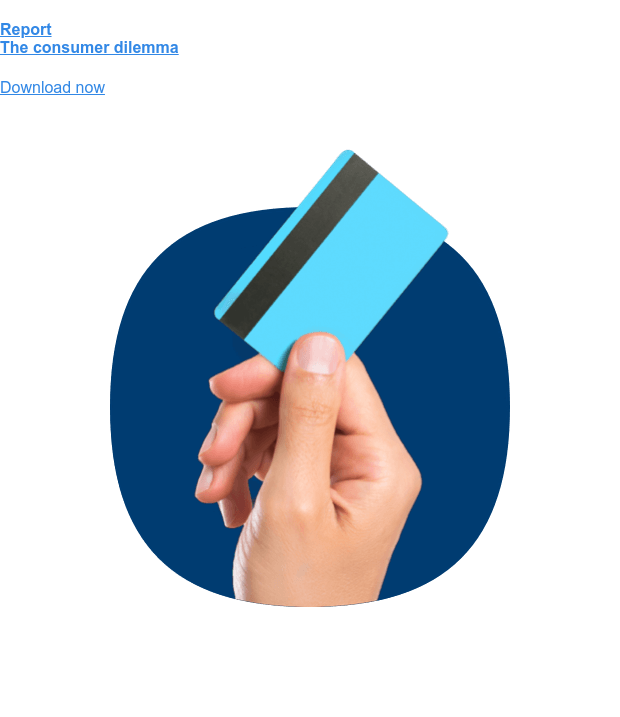
Globally, consumers are streaming more music than ever before, racking up an average of 1 hour 38 minutes a day. That’s longer than a soccer match, Lindsay Lohan’s Netflix Christmas movie, and in many Western households, the time it takes to speak to relatives again after a ruthless game of Monopoly.
But how do consumers in the Asia-Pacific (APAC) region differ from the rest of the world when it comes to music streaming trends? We’ve dug into our data, and the insights are pretty fascinating.
Here are the 8 biggest music streaming statistics in APAC worth adding to your brand’s playbook.
1. Average daily music streaming time in APAC has risen by 26 minutes
How much time do consumers in APAC spend on music streaming services? Since 2017, average daily streaming time has continued to climb. We saw a slight dip in 2021, but that’s probably a side effect of post-lockdown behaviors eating into digital time.
Music streaming services are becoming increasingly popular with Gen Z and millennials in APAC. Gen Z spend the most time streaming with an average of 1 hr 46 mins, while millennials stream for around 1 hr 41 mins.
Between Q1 and Q3 2022, those figures rose by 9 minutes and 4 minutes respectively.
Interestingly, music streaming wasn’t as popular as broadcast radio in APAC until the pandemic shook things up. Brands shouldn’t rule out this older audio format, as Gen Z are still tuning in for around 46 minutes of radio listening time every day.
Music streaming growth is slow, but it’s happening – most likely driven by APAC’s booming creator economy. A study by Adobe found the region has gained over 165 million creators in the last two years, with a 48% rise in creators in Australia. Our advice? Watch this trend.
2. 1 in 10 baby boomers in APAC discover brands via ads on music streaming platforms
Younger audiences may be leading the way with music streaming in APAC, but it’s well worth watching baby boomers too. They spend an average of 46 minutes listening to music streaming services every day.
That’s a 23 minute decline since the peaks seen during lockdowns (when baby boomers were, surprisingly, the primary audience driving music streaming growth), and this generation now falls behind their LatAm and MEA counterparts. But they’re still some way ahead of baby boomers in Western regions (Europe and North America), with 1 in 10 saying they discover new brands via ads on music streaming services.
It’s clear these services remain an important touchstone for brands to target consumers in the APAC region, and baby boomers should be a key focus to drive more ad revenue.
3. Outside China, 48% of consumers in APAC use Spotify monthly
When it comes to the most popular music streaming services, key players in APAC vary by country. In China, Tencent Music Entertainment Group (TME) has been dominating the music streaming scene for some time, but saw a significant drop in engagement in Q3 2022:
- QQ users fell from 60% to 37%
- Kuguo users fell from 39% to 28%
- Kuwo users fell from 32% to 20%
TME hopes to recapture these audiences by enriching platform experience, with new rollouts like Kugou’s scenario-specific music options, and QQ’s partnership with sound quality pros, Dolby Atmos. Swiftie fandom might have helped too.
Outside China, Western platforms are gaining market share. Spotify is the top music streaming service in APAC, with 48% of consumers using the platform monthly. YouTube Music isn’t far behind either, used monthly by over 1 in 5 consumers in APAC.
Spotify’s most popular in the Philippines (71%), Indonesia (57%), and India (57%), while in Thailand and Vietnam, homegrown services like JOOX and Zing MP3 are currently beating the streaming giant. That said, Spotify is catching up in these latter regions – with monthly engagement growing by 37% in Thailand and 41% in Vietnam.
4. Over 1 in 3 Gen Z/millennials are interested in streaming events
What’s driving the APAC music streaming market? The creator economy. Individuals in APAC are 19% more likely than those from any other region to consider themselves a musician or audio creator. They’re also 15% more likely than individuals in other regions to listen to music to inspire their own.
Zooming in by generation, the number of Gen Z who consider themselves a musician or content creator has grown 7% since this time last year, and over 1 in 3 Gen Z and millennials say they’re interested in streaming events.
This is a huge opportunity for services offering “go live” features to attract younger audiences in APAC who are looking to express themselves creatively through music content.
5. Over a quarter of consumers in APAC listen to platform-curated playlists
In terms of music preferences, consumers in APAC prefer albums to mixed playlists, and are 11% more likely to feel this way than individuals from other world regions.
But don’t write off your custom playlists just yet. 26% say they like to listen to playlists curated by platforms. Consumers in APAC are also:
- 22% more likely to want to listen to playlists created by celebrities
- 14% more likely to want to listen to DJ sets or mixes.
Just under 1 in 5 Gen Z consumers in APAC say they most enjoy listening to playlists created by celebrities – a figure that’s remained stable over the last two years. Meanwhile, the number who prefer listening to their own playlists is down 16%.
This is a great opportunity for brands to tap into influencer marketing, using partnerships to engage audiences and drive loyalty through music content. There seems to be a shift in behavior happening among APAC consumers, who increasingly search for new music and other audio content for inspiration.
Brands like Heineken are taking note, with their “Refresh Your Music, Refresh Your Nights” campaign. 41% of consumers in APAC say they listen to their own playlists as a go-to on streaming services, so raising brand awareness is key to getting new tracks added to those lists.
6. 90s is the most popular music genre in APAC
Love throwback jams? So do people in APAC. 90s music is their top genre, especially among Gen Z. That’s even more interesting when you compare them to Gen Zers in Europe, MEA, and North America, who say hip-hop/rap is their top music genre.
Another insight you might not expect? Across the 50 markets we track, Thailand’s consumers are the most likely to listen to indie music.
Considering Bangkok is home to the famous Maho Rasop indie music festival, which has seen the likes of Bombay Bicycle Club, The Horrors, and King Gizzard and the Lizard Wizard grace its stage over the years, that actually makes a lot of sense.
Thanks to the likes of BTS, South Korea’s answer to One Direction, K-Pop is having its moment across the globe. Our Q3 2022 data shows 18% of consumers in APAC listen to this genre, versus 11% across the rest of the world.
All eyes are now on BLACKPINK, who made US billboard history as their latest album “BORN PINK” became the longest-charting 2022 album by a female K-Pop artist, charting for 9 consecutive weeks. Band member LISA has also become the fastest Asian solo artist to surpass 1 billion Spotify streams.
7. India streams the most music in APAC
Looking at countries in APAC, India and Thailand stand out for streaming time across all 50 markets we track. Consumers in India are the third biggest music streamers in the world, listening to over 2 hours every day on average.
They’re also the country most likely to discover artists before they’re popular. Ideal for independent musicians looking to crack the market.
It’s a similar story with podcast consumption in APAC. India are the top listeners, enjoying an average of 82 minutes every day. They’re closely followed by consumers in Thailand, who tune in for around 73 minutes daily.
If music streaming isn’t a relevant channel for your brand to tap into, there’s a clear use case for targeting consumers in APAC through podcasts.
8. 25% of consumers in APAC follow brands or musicians on social media
What role does social media play in the music streaming market? A pretty big one actually. Around 1 in 4 consumers in APAC follow brands, singers, or musicians on social media. That kind of exposure is driving the streaming market, trending songs, and much of what we hear in the charts today.
Competition is hot, and new challengers whose platforms integrate music streaming with social media are really starting to turn heads. We’ve seen this with TikTok’s popularity in the West with trending songs, and it’s the same story in APAC too.
Social media platform integrations are key to driving growth and engagement, especially in Chinese media. TME struck a deal with NetEase earlier this year that allows consumers to share songs on Tencent’s service, WeChat – which also happens to be China’s biggest social messaging app.
This is likely in response to the drops in user engagement rate we mentioned earlier, along with the arrival of challenger app, Qishui Yinyue. Owned by ByteDance, it links up with Douyin (the Chinese version of TikTok) for integrated social media and music streaming.
The takeaway here? Seamless, engaging, and entertaining user experiences will oust the competition and pave the way to success.
